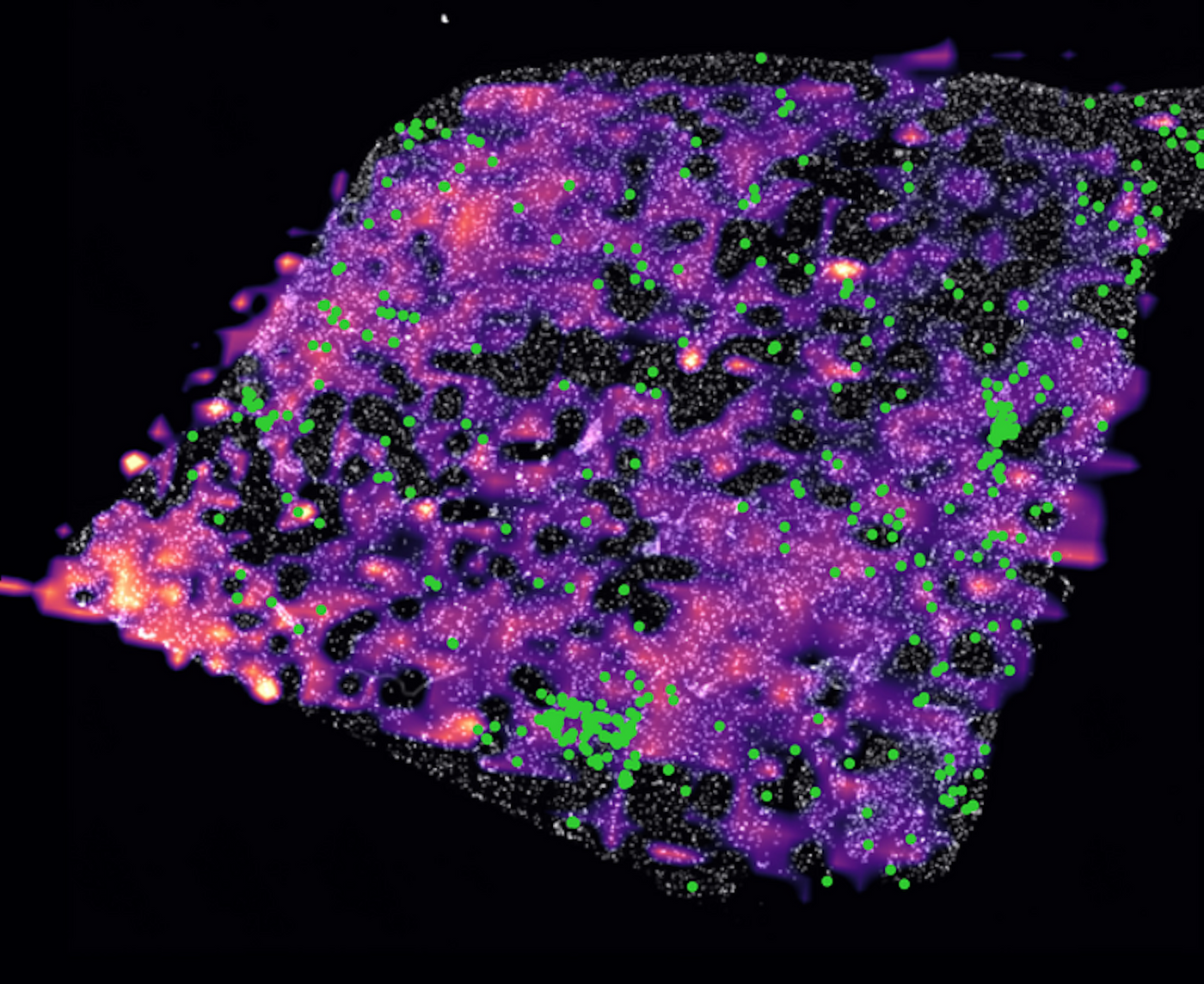How the Tumor Microenvironment Can Disarm Immunity
Cancer is basically what happens when cells start growing and dividing uncontrollably, and it gets worse when those cancerous cells start spreading in metastasis. There are immune cells that can identify and attack cancer, but cancer has ways to evade those protective mechanisms. Researchers have now learned more about how soem types of cancer do that, which could help scientists develop more effective therapeutics. These findings, which used a mouse model, showed that tumor cells can carry a genetic mutation that causes the release of a metabolite that weakens local immune cells. The work illustrates the importance of the tumor microenvironment, and has been reported in Science.
“Our study highlights an immune component in this type of cancer that wasn’t fully appreciated before,” said senior study author Marcia Haigis, a professor of cell biology in the Blavatnik Institute at HMS. “We now know that a metabolite produced by tumor cells can impact nearby immune cells to make the surrounding environment less hostile for the cancer.”
The Haigis lab has been investigating the metabolites that send signals from tumor cells to immune cells for several years. In this study, they focused on tumors that carry a mutation in a gene called isocitrate dehydrogenase (IDH). About 3.5 percent of cancers are thought to contain cells with IDH mutations in their DNA. About 80 percent of gliomas and some blood cancers like acute myeloid leukemia have IDH mutations. When tumor cells carry this mutation, they release a metabolite called D-2-hydroxyglutarate (D-2HG), which is not typically found at high levels in the body.
D-2HG is known to promote tumor cell growth by changing biochemical pathways, transforming the cells permanently to make them divide more quickly and aggressively. Haigis and colleagues wanted to know how D-2HG was influencing other cells found near the tumor, in its microenvironment, including immune CD8+ T cells, which can kill cancer cells.
The researchers used a mouse model of glioma, and found that CD8+ T cells can detect nearby D-2HG, and absorb it. When exposed to D-2HG levels released by a tumor, CD8+ T cells began to proliferate more slowly, and were no longer able to kill cancer cells. An enzyme in the T cells called lactate dehydrogenase had been deactivated. This enzyme would normally help T cells grow and kill cancer by generating molecules called cytokines and granzymes. Once the D-2HG was eliminated, the T cells were able to kill tumor cells again.
The researchers also analyzed the interactions of D-2HG and CD8+ T cells with human glioma tumors carrying IDH mutations. Places in the tumor where D-2HG levels were higher had less T-cell infiltration, and places where many T cells could be found had lower D-2HG levels.
“What we found is that this metabolite secreted by the tumor hijacks the body’s normal defense mechanism and causes it to break down,” Haigis said. But she also noted that “this is only one part of the puzzle, and major questions in the field remain.”
The researchers are hopeful that other studies will begin to examine how this metabolite and others are influencing the function of immune cells
Sources: Harvard Medical School, Science









